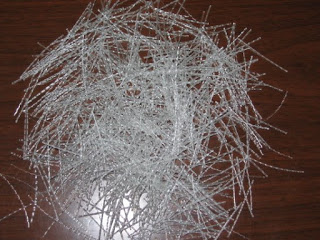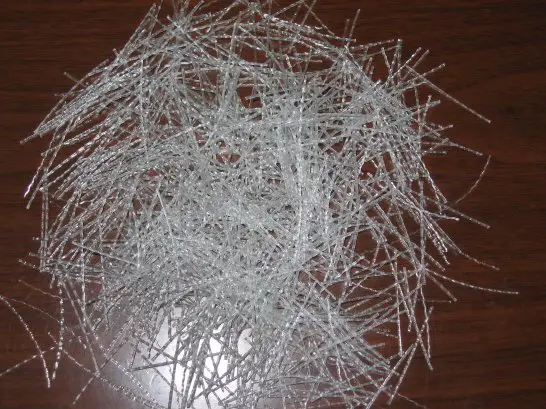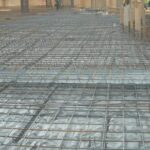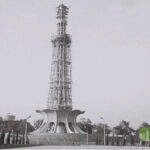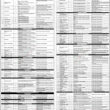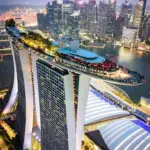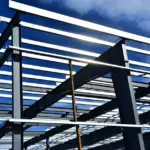Saad Iqbal | 🗓️Modified: July 13, 2017 | ⏳Read Time: 6 min | 👁Post Views: 1337
Ultra-high performance Fiber Reinforced Concrete is a relatively new construction material having minimum coarse aggregate (usually size greater than 6-7 mm is not used) having discrete random steel fibers uniformly distributed across the concrete matrix with the basic strength of above 14,000 psi (100 MPa) in 3 or 4 days that can go upto as high as 25,000 psi at 28 days ultimate cure.
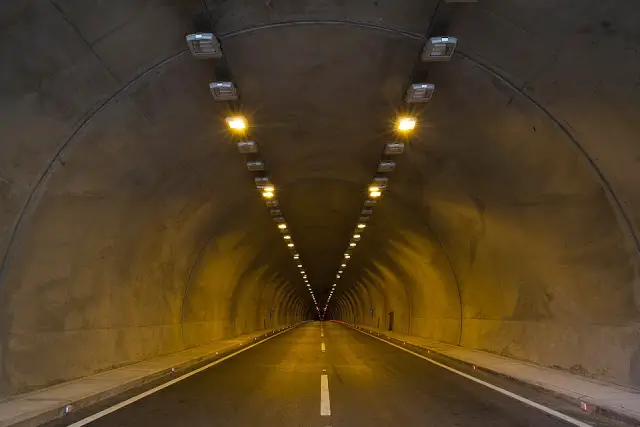 |
| \\What is Ultra High Performance Steel Fiber Reinforced Concrete (UHPFRC)? |
Concrete is among the widely used construction material due to some of its high-five benefits including easily availability of raw materials, easy casting and so on. But along with those mouthwatering delicious advantages there are some drawbacks and shortcomings rendering a reason for most skyscrapers to be of steel structure.
Being said that, still the material engineers, civil engineers and scientists are trying to uplift and enhance the properties lied within the matrix of concrete mass. Among those efforts one listed attempt is introduction of randomly oriented uniformly distributed discrete sort of fibers of any material including glass, geo-synthetics and steel.
The idea for steel fibers in fiber
reinforced concrete is not a new one; after finding the health-risks associated with asbestos fiber reinforced concrete, the steel fiber finds its way around 1960s.
The properties of concrete like freez-thaw, ductility, toughness, shrinkage, impact, abrasion, permeability, bleeding, pumpability, spalling and so on, each of such properties can be improved and enhanced in an appreciable manner with the introduction to fibers and specially steel fibers in the concrete.
Conventional concrete is liable to cracking from the day first of its service due to its plasticity and due to drying after hydration causing shrinkage and producing hair like thin cracks. Conventional unreinforced concrete is well known to be strong in compression with only 10 to 15% tensile strength as compared to that of compressive strength.
Due to its small flexural resistance a newly casted beam of concrete is liable to crack from the center due to maximum moment and this is the reason for considering reduced cross-sectional area of the beam in design practices as per design codes.
One more bad behaving of the concrete is recorded as “brittle in nature”, which is the most hazardous and precarious behavior of a structure from serviceability and safety point of view.
All of aforesaid drawbacks can be minimized and up to some extent eliminated by the use of Steel Fiber reinforced concrete.
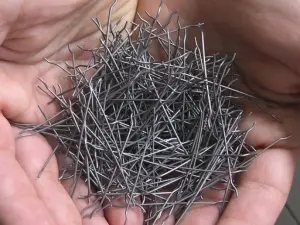 |
| Steel Fibers in Concrete |
A significant commercial application of Steel Fiber reinforced concrete can be witnessed in Al McGuire Center a 3700 seat arena in Milwaukee, Wisconsin at Marquette University, America where a Opus North, a design / build construction firm have used 46 pounds of Steel fibers in the concrete to make it no-joint, no-crack floor.
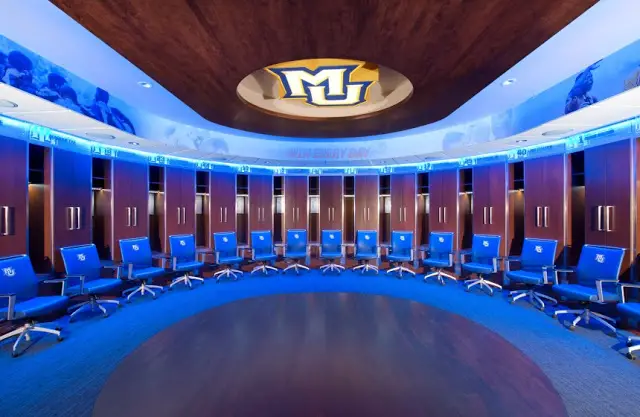 |
| McGuire Center |
Advantages of using Steel Fiber Reinforced Concrete
Steel fibers can:
• Improve structural strength
• Reduce steel reinforcement requirements
• Reduce crack widths and control the crack widths tightly, thus improving durability
• Improve impact– and abrasion–resistance
• Improve freeze-thaw resistance
You cannot degrade the enhancements and augmentations this steel fiber can put-in to the
conventional concrete properties. In specific circumstances, steel fiber can completely eliminate the need of steel reinforcement bar (rebar) in reinforced concrete. There are many projects having industrial flooring made of only steel fiber reinforced concrete without
any steel deformed rebars similarly there are many tunneling projects using precast lining segments reinforced only with steel fibers.
Beside all other benefits and paybacks the steel fibers made in the conventional concrete; the crack-minimizing behavior of steel fiber reinforced concrete (SFRC) is the winner of all from the eyes of the industrialists and construction experts.
Ultra-High Performance Steel Fiber Reinforced Concrete (UHPFRC)
Through the numerous experimental studies, it turns out that the addition of steel fibers can improve the structural capability of concrete. Even though SFRC has many advantages as structural material, some limitations still exist in the construction of the large-scale structures that requires very high compressive and tensile strength.
Definition of Ultra High Performance Fiber reinforced Concrete (UHPFRC)
Ultra-high performance Fiber Reinforced Concrete is a relatively new construction material having minimum coarse aggregate (usually size greater than 6-7 mm is not used) having discrete random steel fibers uniformly distributed across the concrete matrix with the basic strength of above 14,000 psi (100 MPa) in 3 or 4 days that can go upto as high as 25,000 psi at 28 days ultimate cure.
Ultra High Performance Fiber Reinforced Concrete (UHPFRC) is self-leveling concrete that can flows for hours, It is a very expansive construction concrete that is usually batched in very small quantities. From physical seeing UHPFRC is similar to the conventional concrete with only difference that it does not have coarse aggregate.
UHPFRC has gained enough popularity in recent times in Europe, North American, Australia, Far East and especially Japan.
The Museum of European and Mediterranean Civilizations (MUCEM) constitutes an outstanding realization due to the systematic structural and decorative use of UHPFRC. The MUCEM, in hosting the venue of UHPFRC 2013 symposium, has appeared as a symbol of worldwide engineering community, technical breakthrough and creativity.
Although a lot of research and modifications to the already available methods of design for structures need to be revised or studied in depth regarding the ultra-high performance fiber reinforced concrete.
Disadvantages
- Although there are many advantages of Ultra-High Performance Fiber Reinforced Concrete but there are limitations as well:-
- There are complications involved in attaining uniform dispersal of fibers and consistent concrete characteristics.
- The use of UHPFRC requires a more precise configuration compared to normal concrete.
- Another problem is that unless steel fibers are added in adequate quantity, the desired improvements cannot be obtained.
- However, as the quantity of fibers is increased, the workability of the concrete is affected. Therefore, special techniques and concrete mixtures are used for steel fibers. If proper techniques and proportions are not used, the fibers may also cause a finishing problem, with the fibers coming out of the concrete.

